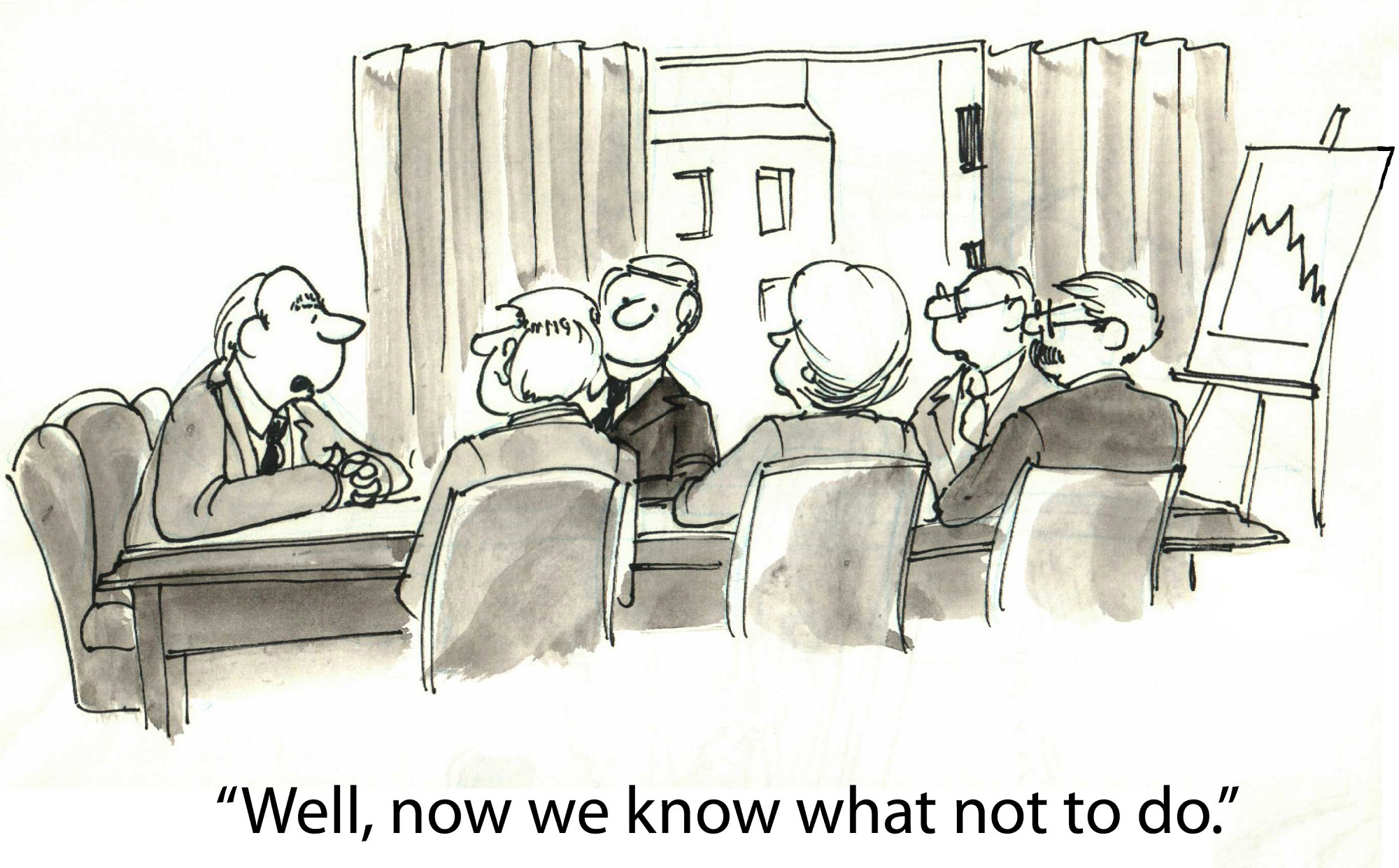Remember how it was before caller ID and Do Not Call lists existed? Odds are you were cold called at least once every night during dinner about a product or service you had no interest in. Usually, the person calling reads quickly and mechanically from a script, never accepting “I’m not interested” as an answer, until you finally hung up the phone.
Before the age of digital and content marketing, B2B sales representatives often used similar tactics to sell their products and services. However, today’s buyers are firmly in control of the process, learning most of what they want to know about you before they ever pick up the phone.
It’s not that the salesperson is obsolete. In fact, it’s quite the opposite. Sales representatives are critical to helping the buyer find a solution to their business needs. However, it’s the approach that has changed.
We’ve entered the age of consultative selling. This means salespeople act more like management consultants in that identify problems, develop a relationship with prospects and lead them to selecting the service as a solution fit to their needs.
In the end, consultative sales are a win-win for everyone. The buyer spends less time dealing with sales pitches for products they have no interest in, while the sales team closes a higher percentage of deals by first qualifying leads to determine who might actually have a need for their solutions.
Still, many brands aren’t yet familiar with this kind of approach to sales. Here are some clear distinctions that make consultative selling different from traditional selling:
Social selling instead of promoting
Now that your prospects have the ability to learn everything they want to know about your brand, products and services via the internet, traditional advertising doesn’t have the impact it once had. Advertising, whether in the form of print ads, direct mail or telemarketing, once had the job of both educating and promoting your brand.
Today, buyers are spending time searching the answers to questions, seeking recommendations and doing thorough research on brands before picking up the phone. In order to cater to the new buying process, what is called social selling is leading the way as a best practice for sales. To accomplish this, brands need to create and publish content to educate prospects about the solutions to problems they are struggling with. To disseminate the information, they need to leverage the power of community by using social channels including LinkedIn, Twitter and others.
This is a fast-growing trend that is being utilized by the smartest new businesses out there, with excellent results. Need proof? Take any startup mentioned in a TechCrunch article and look them up. You’re likely to find numerous well-written executive LinkedIn profiles, a full content library on their website and active social media channels. This is not a fluke.
Your LinkedIn profile is a space to explain both you and your brand in a way that makes it easy for prospects to find you and compels them to reach out. This is the real estate where prospects should discover you as a consultant regardless of whether you’re in sales or marketing.
Nurture leads instead of cold calling
When social selling is doing its job, prospects will come through the pipeline in one of two ways. Either they’ll bang on the door and submit an RFP or they’ll engage with your brand enough times that if your salesperson reaches out, there’s a high chance it will result in a sale.
In order to properly nurture a lead, sales and marketing need to work together rather than in silos. For example, a good salesperson should capture problems, questions or concerns they’re noticing from prospects and report them back to the marketing team so content can be planned around what the sales team is finding.
It is equally important for sales personnel to be fluent and have buy-in with all marketing activities. When an account executive can talk through a compelling white paper or the latest blog post to educate the prospect, it further elevates the conversation and increases the likelihood of a potential relationship.
Discovering pain points instead of pitching
Any good salesperson knows that listening is a very important skill in today’s sales environment. However, the way you listen is crucial to keeping open the possibility of a sale. Most sales professionals understand the value of open-ended questions in that type of conversation.
Yet there are still some who don’t use listening to get to the root of what matters to the prospect. And without a complete understanding of what business problem the prospect is having, the salesperson essentially has to grasp at straws.
Discovering the pain points of a business brings insight into which offerings might make the most sense to include in your proposal and allows you to better qualify the prospect. Beyond that, people appreciate being listened to, and it positions you as more of a consultant than a salesperson.
Qualify instead of convince
Businesses that try to be something for everyone often end up struggling the most. Just as you wouldn’t marry a person you felt was wrong for you after two dates, there is no reason to keep trying to sell a prospect when there simply isn’t a fit. A consultative salesperson knows when to tell a prospect that they aren’t the right fit and thank them for their time rather than pursuing a deal that might not land anywhere.
An important component of consultative selling, content marketing helps to sort warm and cold leads because warm leads are more likely to download multiple pieces of content while cold leads will initiate fewer touches with your brand.
Let’s put it this way: It is a far better use of time to pitch 10 prospects and have four convert into a sale than have the same result after pitching 100 prospects. Not only are the four prospects of the first group more likely to buy that service, they are also more likely to be satisfied by your company and become an advocate.
Providing solutions instead of products/services
Finally, it’s time for sales personnel to understand how their product or service creates value rather than considering it simply as something to push. Whether you sell access control technology or a CRM, B2B purchases are costly and the customer needs to feel confident about the decision. You can’t make prospects want your service. They have to choose you.
When a qualified prospect believes their rep is looking out for their interest and fully trusts them, they will likely choose that rep’s brand over a competitor’s.
Has your brand embraced consultative selling? If not, let us know how we can help by emailing info@lrgmarketing.com.


